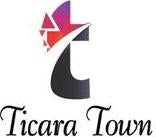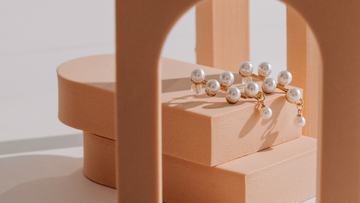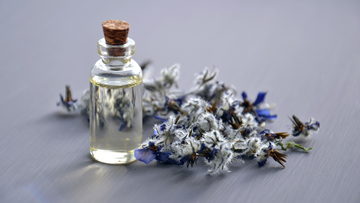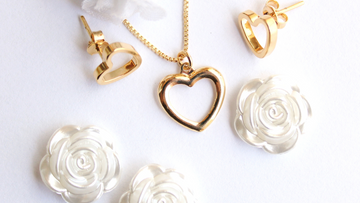Ring Size Chart and Guide - Jewellery Ring Sizing
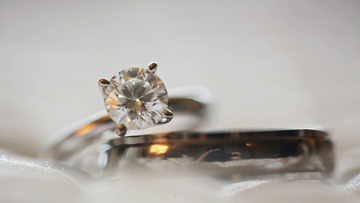
METHOD 1. USE A STRING/FLOSS
To measure with a string, you will need the following:
- String/Floss
- Ruler
- Pen/Marker
How to measure:
- Cut a string that is about 6 inches long.
- Fold the string around the base of the finger, just below the knuckle.
- Mark where the string ends with the pen.
- Place the measured string on the ruler with the area marked on your right.
- The number closest to the pen mark is the circumference of the ring in millimeters.
- Use the ring size chart to translate the measurements into a ring size.
METHOD 2. USE A STRIP OF PAPER
To measure the ring size using a strip of paper, you will need the following:
- A Strip of Paper
- Ruler
- Pen/Marker
How to measure:
- Cut a thin strip of paper no wider than 1/4" inch.
- Fold the thin strip of paper around the finger at the base and close enough to your knuckle.
- Mark the area where the two ends of the paper strip meet.
- Use the ruler to measure the length in millimeters to give you the circumference.
- The ring size chart helps you to convert the measurement to the appropriate ring size.

METHOD 3. USE A RING THAT FITS YOU
To measure the ring size using a ring that fits, you will need the following:
- A ring at home that fits the finger that will wear the engagement ring.
- Ruler
How to measure:
- Measure the internal diameter of the ring (that’s the hole inside the ring, excluding the metal).
- Write down this measurement in millimeters, and use the conversion chart above to find your ring size.


Ring Size Measuring Tips
The following are important tips to consider when measuring ring size.
TEMPERATURE IS IMPORTANT
MEASURE RING SIZE MORE THAN ONCE
The ring should fit snugly on your finger. It should slide smoothly when you ease it onto your finger, but it shouldn’t come off easily. That’s what makes a ring properly sized as it minimizes the risk of loss and it won’t put too much pressure on your fingers. Checking your size more than once will help you achieve this.
Don’t think that measuring ring sizes several times is too extreme. Measuring repeatedly can help you get the right fit for the first time. It will also prevent you from spending unnecessary time, money, and energy to resize the ring.

CONSIDER THE RING TYPE
Wide rings (about 6 millimeters or more) require a larger size for most people. This is because a wideband allows more space under the band for the finger than narrow rings do. Add an allowance of 0.25 to 0.5 size for rings with wider styles.
For instance, if your ring size is 6 after measuring, make it 6.25 or 6.5 if you are going for the wider band. Furthermore, some rings are difficult to resize or are often impossible to size without a loss in the aesthetic. So, it’s important to get the size right for those types of rings.
FINGERS ARE DIFFERENT
Generally speaking, one of your hands is slightly larger (about half a size) than the other. This hand is usually your dominant hand. To avoid any errors, it is important that you measure the left hand or whatever finger you plan to wear the ring on.
ACCOUNT FOR YOUR KNUCKLE’S SIZE
If the base of your finger is a lot smaller than your finger knuckle is and you’re using the virtual ruler, measure both the base of your finger and your knuckle, and select a size in between the two.
That will help you choose a size that will allow the ring to slide over your knuckle but won’t be too large to be comfortably worn on the base of your finger.
GO FOR THE LARGER SIZE
When two sizes seem to fit or if you get two different finger measurements, it’s advisable you go for the bigger measurement or consult a professional if you can. For best measurements, take your measurements in millimeters.
